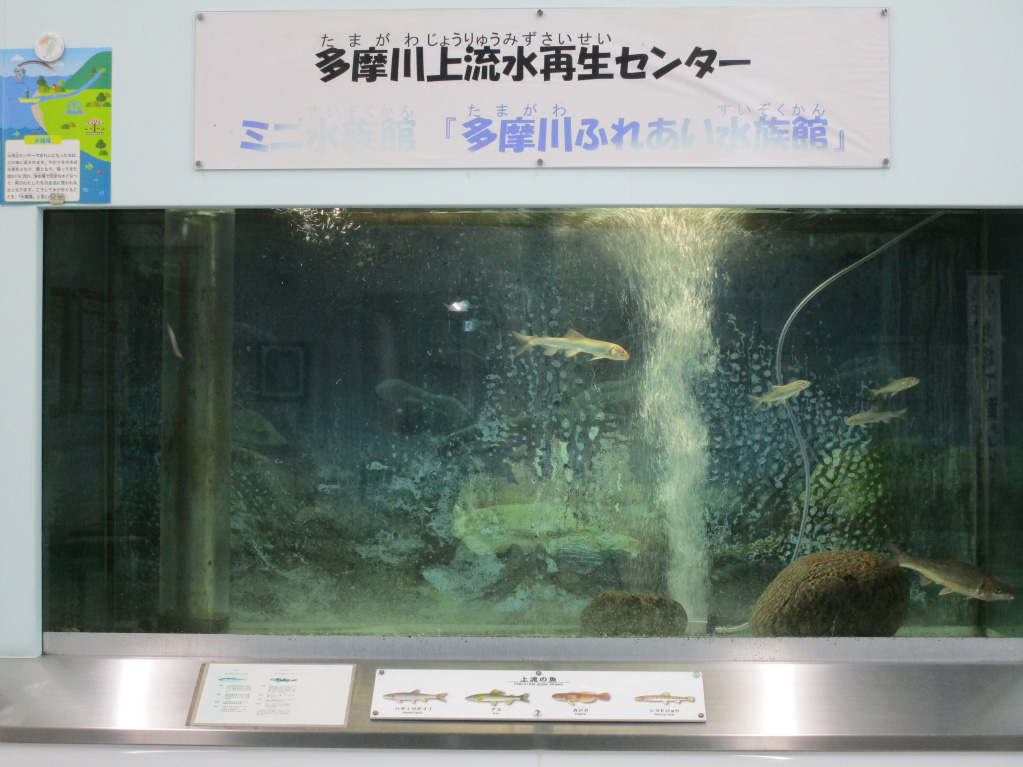
Tama River Fureai Aquarium
多摩川上流水再生センターの中には「ミニ水族館」があり、4つの水槽の中で多摩川に生息するイワナ、ヤマメ、アユ、ニジマス、タナゴといった10数種類の魚が泳いでいる様子を見学できる。水槽の魚たちを通じて、水の大切さを学ぶことができる施設だ。
Info
Business Hours
Price
Spot Category
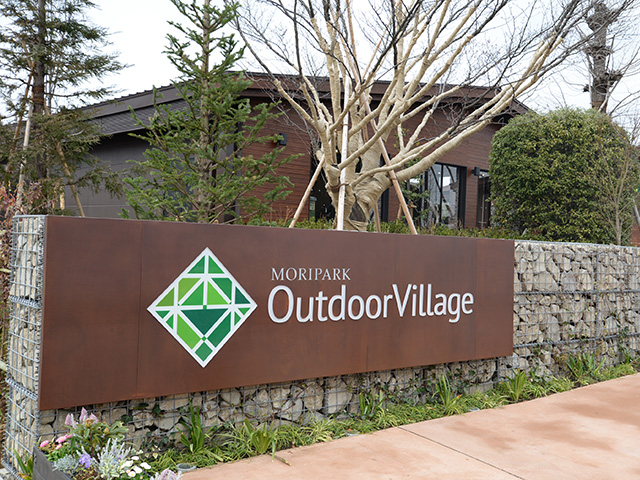
Entrance

全体
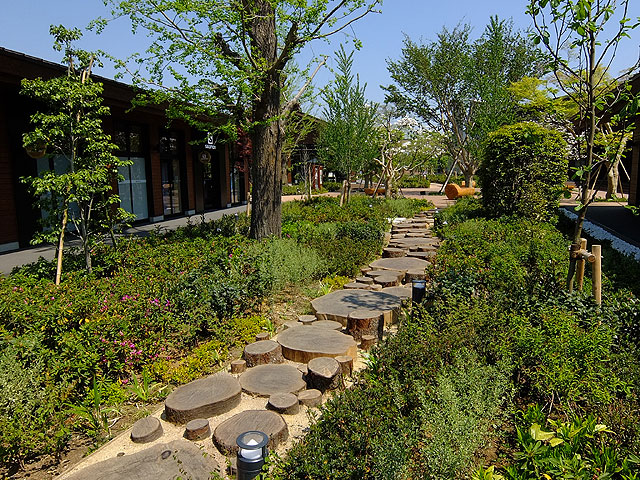
トレッキングを疑似体験できるトレイルレーン
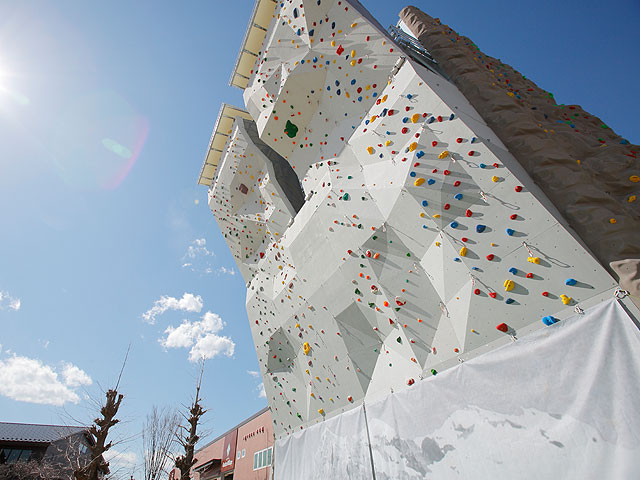
高さ16.5mのクライミングウォール
The information provided reflects the details available at the time of the survey.
Please note that facility details may change due to the facility’s circumstances, so please check for the latest information before visiting.
This content has been translated using machine translation.
Information provided by: JTB Publishing
The content uses an automatic translation service, which is not always accurate.
The translated content may be different from the original meaning, so please understand and use it.

多摩川上流水再生センターの中には「ミニ水族館」があり、4つの水槽の中で多摩川に生息するイワナ、ヤマメ、アユ、ニジマス、タナゴといった10数種類の魚が泳いでいる様子を見学できる。水槽の魚たちを通じて、水の大切さを学ぶことができる施設だ。
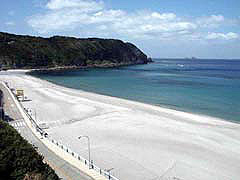
The white sand is beautiful and the most popular beach in Kozujima. The water is highly transparent. The Environment Agency's water quality survey has been the only one in Tokyo. Warden resident from August 1 to the end.

The ancient temple where the bell tower, the mizuya, and the kanyondō are designated as tangible cultural objects of the city. The bell tower is said to be erected in Tenpo 13 (1842), and is built by an Irimoya house, with copper-paneled sculptures of Suzaku, Seiryu, White Tiger, and Genbu, with a bell about 72cm in the center suspended. The Kannon-do, which is located at the top of the steep stairs, is said to be rebuilt in 1850, and is said to have been decorated with a lot of sculptural decorations, which is a good representation of the trend of the late Tokugawa period.
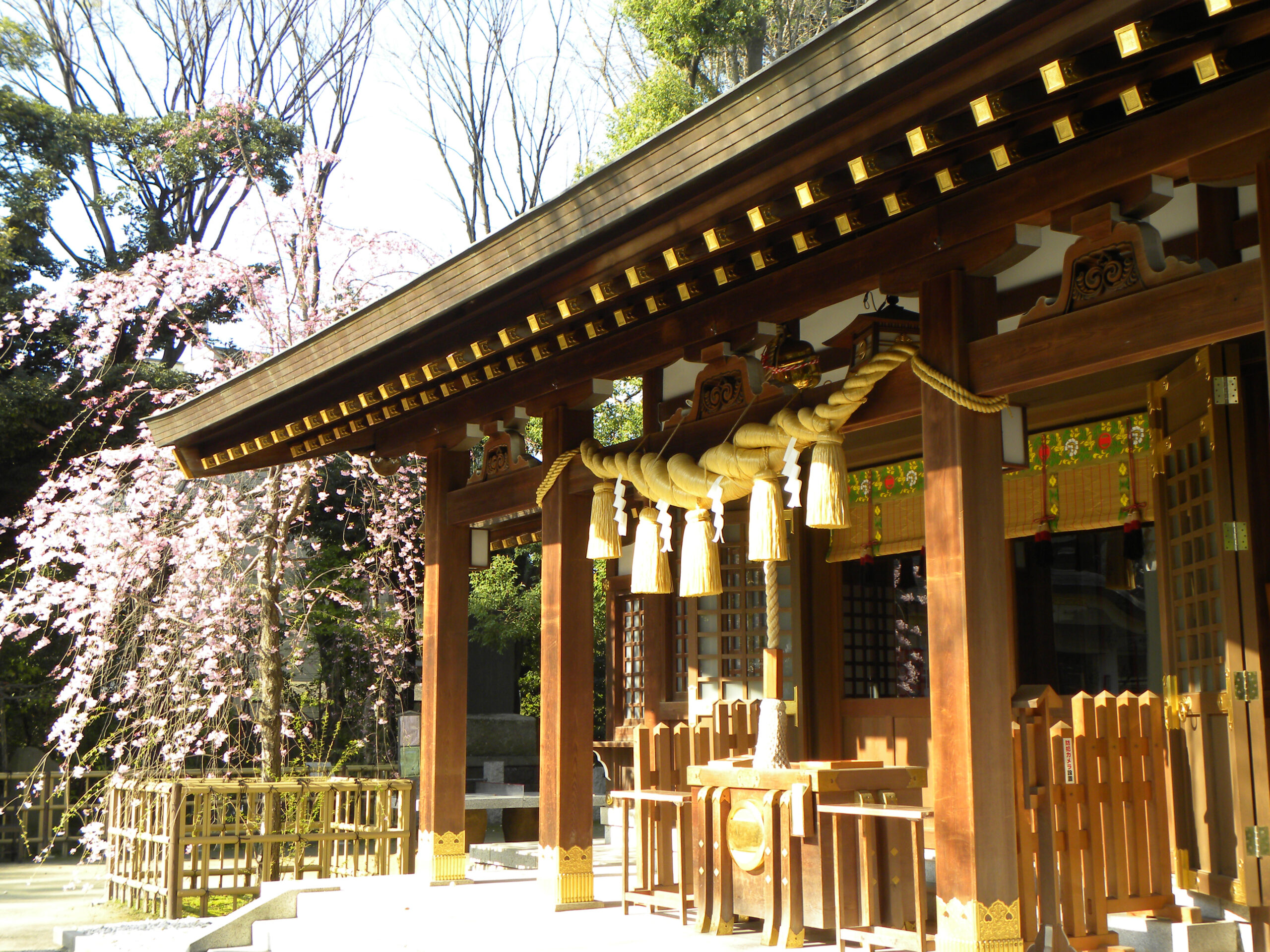
The shrine of Yukari Nitta, located a few minutes walk from Musashi-Nitta Station on the Tokyu Electric Railway Tama River Line. It began to be enshrined as Nitta Daimyojin in order to quell the spirit of Nitta Yoshikoshi (the child of Yoshisada), who was murdered by Yaguchi's passing in 1358. Also known by the Jōruri and Kabuki "Shinrei Yaguchi Watari", the middle-Edo orchid scholar and writer Hiraga Gennai visits, and the "yamori", which is made of sacred Shinotake in the precinct, is believed to be the birthplace of the demon arrow.
This website uses cookies so that we can provide you with the best user experience possible. Cookie information is stored in your browser and performs functions such as recognising you when you return to our website and helping our team to understand which sections of the website you find most interesting and useful.
Strictly Necessary Cookie should be enabled at all times so that we can save your preferences for cookie settings.
If you disable this cookie, we will not be able to save your preferences. This means that every time you visit this website you will need to enable or disable cookies again.
